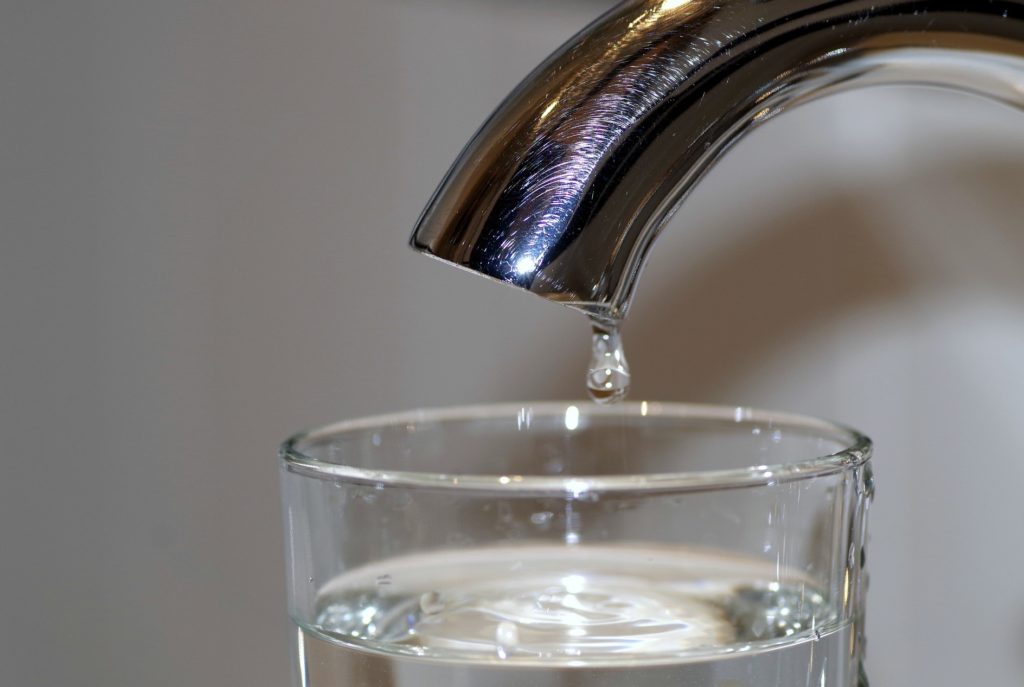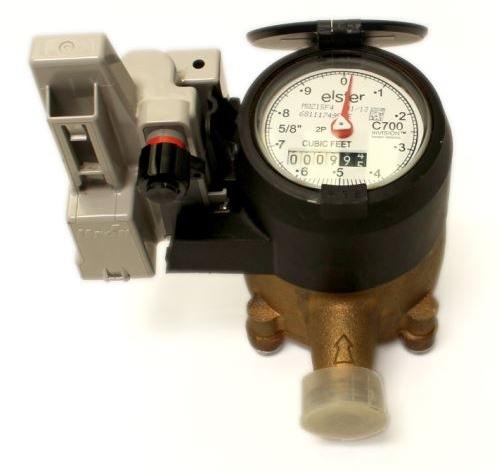Have you been hunting for insight involving Low Water Pressure in the House??

Low tide stress in your house can be a frustrating problem, affecting everything from bathing to washing dishes. If you're experiencing weak water circulation, there are a number of possible reasons and options to explore. In this guide, we'll discuss typical reasons for low tide stress and functional actions to address the problem properly.
Intro to Low Water Stress
Low water stress takes place when the circulation of water from your taps, showers, and other fixtures is weak than common. This can make everyday tasks extra difficult and much less effective. Understanding the reasons for low tide pressure is important to finding the best solution.
Typical Reasons For Low Tide Pressure
Pipe Obstructions
Over time, pipes can come to be blocked with mineral deposits, debris, or debris, restricting the flow of water. This is a common concern in older homes with galvanized steel pipes.
Corrosion
Deterioration within pipes can lead to leakages and minimized water stress. Rust build-up can constrict water flow, especially in aging plumbing systems.
Faulty Stress Regulators
Pressure regulatory authorities are in charge of keeping regular water pressure in your home. If they malfunction, it can result in low water pressure or irregular circulation throughout your home.
Community Water Issues
Often, the problem lies outside your home. Community water supply concerns, such as main line leakages or maintenance work, can momentarily minimize water stress in your location.
How to Identify Low Water Pressure
Examining Taps and Components
Beginning by testing the water stress at different faucets and fixtures throughout your home. If the issue is isolated to particular locations, it might show localized troubles.
Examining Pipelines
Check noticeable pipelines for indications of leaks, rust, or clogs. Pay attention to any type of unusual audios, such as banging or rattling pipelines, which might indicate problems within the plumbing system.
Consulting with a Plumber
If you're incapable to identify the source of low tide stress, think about employing an expert plumber to conduct a comprehensive assessment. They can identify underlying issues and advise ideal remedies.
DIY Solutions to Take Care Of Low Water Pressure
Cleansing Aerators and Showerheads
Mineral deposits can build up in aerators and showerheads, decreasing water flow. Get rid of and clean these components on a regular basis to boost water stress.
Flushing Water Heater
Debris build-up in the hot water heater can limit circulation and lower performance. Purging the container occasionally aids eliminate sediment and maintain optimum efficiency.
Inspecting Pressure Regulatory Authority
Make sure that the stress regulator is functioning correctly. Readjusting or changing the regulator can help restore appropriate water stress throughout your home.
Cleaning Clogs in Pipeline
For small obstructions, try using a plumbing snake or chemical drainpipe cleaner to clear blockages in pipes. Beware when using chemicals and adhere to security standards.
When to Call a Specialist Plumber
If do it yourself efforts fall short to fix the issue or if you presume significant plumbing problems, it's best to seek help from a licensed plumber. They have the knowledge and tools to attend to complicated problems securely and properly.
Safety Nets to Preserve Water Pressure
Routine Upkeep
Set up routine maintenance for your plumbing system to prevent concerns such as deterioration, leakages, and blockages. Resolving small problems early can help prevent more considerable repairs later.
Installing a Pressure Booster
Think about setting up a stress booster pump to boost water stress in locations with consistently low circulation. This can be especially helpful for multi-story homes or homes with high-demand fixtures.
Monitoring Water Use
Bear in mind water usage habits and avoid ill-using the plumbing system. Basic modifications, such as shocking showers and washing tons, can aid preserve sufficient water stress.
Final thought
Dealing with low water stress can be irritating, but determining the underlying reasons and applying proper remedies can recover optimum flow throughout your home. Whether it's cleaning aerators, inspecting pipelines, or talking to a plumber, taking proactive actions can make certain a constant supply of water for your everyday requirements.
How to Fix Low Water Pressure In Your Home
Municipal Water Supply Issues
Scheduled maintenance, high demand, and water main breaks are all potential causes for low water pressure within a city or county’s water lines. While there’s not much you can do to personally fix a problem with your city or county’s water supply system, you can play a big role in documenting the issue and alerting those who can.
How to fix it:
Ask your neighbors if they are experiencing any issues with low water pressure. If multiple homes are affected, it’s likely related to the city’s water line.
Contact the local Water Authority to see if there is any maintenance taking place that might be affecting your supply. Also let them know of your specific issues. If other homeowners report the same issues, they’ll know that there could be a larger issue to look into.
Faulty Fixtures
A damaged or clogged shower head, faucet or appliance is the first thing we’d suggest checking, especially if low water pressure appears to be isolated to a specific area of your home.
How to fix it:
First, turn off the main water supply to your home.
Check the affected appliances for build-up or debris. In the case of a faucet, you can simply unscrew the aerator at the tip of the faucet. Showerheads should be fully detached from the water pipe.
While the appliances are detached, you may want to check the water supply to determine if the fixtures were in fact the issue.
To clean, soak the showerhead or aerator in vinegar and brush off any visible debris.
Reattach the fixtures and check the water pressure again. If it is still low, there is likely a deeper issue at hand, which can be determined by a professional plumber.
Pipe Obstructions
Mineral deposits, rust or other debris within water pipes can lead to blockages or corrosion over time.
How to fix it:
When you think of a clog, you probably think of a drain clog. While there are many DIY solutions to clearing a drain, clogs in a water pipe will almost always require the help of a professional plumber. A plumber will be able to locate the affected pipe and clean out any debris or mineral deposit buildup. In severe cases, the pipe may need to be replaced. Your plumber might also recommend a water softening system to remove the minerals from your home’s water supply that can contribute to pipe blockages over time.
Plumbing Leak
Undetected water line leaks can divert water away from your residential pipes, reducing the water pressure in your fixtures.
How to fix it:
Check your water meter by turning off all water sources and monitoring the meter for any movement, which could be a clear indicator of a potential leak.
Check all visible pipes for signs of leaking, including water stains, active dripping or damp spots around the pipe.
Inspect fixtures, including faucets and showerheads, for any drips.
Test the pressure but recording the pressure with the main water valve shut off. Leave off for a few hours and test again. A significant drop in pressure is a clear sign of a leak.
https://kiddcoplumbing.com/plumbing-blog/how-to-fix-low-water-pressure/

How to Fix Low Water Pressure In Your Home
Municipal Water Supply Issues
Scheduled maintenance, high demand, and water main breaks are all potential causes for low water pressure within a city or county’s water lines. While there’s not much you can do to personally fix a problem with your city or county’s water supply system, you can play a big role in documenting the issue and alerting those who can.
How to fix it:
Faulty Fixtures
A damaged or clogged shower head, faucet or appliance is the first thing we’d suggest checking, especially if low water pressure appears to be isolated to a specific area of your home.
How to fix it:
Pipe Obstructions
Mineral deposits, rust or other debris within water pipes can lead to blockages or corrosion over time.
How to fix it:
When you think of a clog, you probably think of a drain clog. While there are many DIY solutions to clearing a drain, clogs in a water pipe will almost always require the help of a professional plumber. A plumber will be able to locate the affected pipe and clean out any debris or mineral deposit buildup. In severe cases, the pipe may need to be replaced. Your plumber might also recommend a water softening system to remove the minerals from your home’s water supply that can contribute to pipe blockages over time.
Plumbing Leak
Undetected water line leaks can divert water away from your residential pipes, reducing the water pressure in your fixtures.
How to fix it:
https://kiddcoplumbing.com/plumbing-blog/how-to-fix-low-water-pressure/
I found that article on 9 Reasons for Low Water Pressure in Your House while doing research the search engines. For those who appreciated our article kindly remember to share it. Many thanks for your time invested reading it.
Click Here